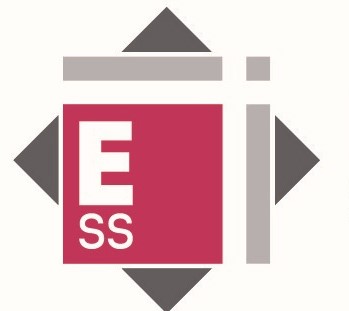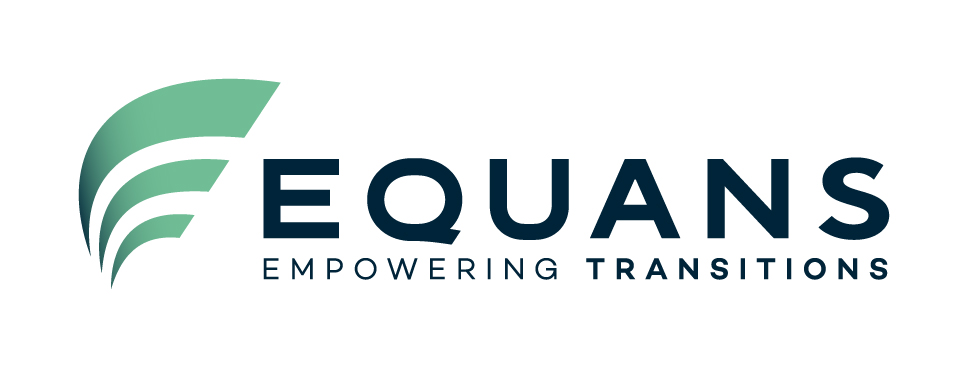Title Page
-
Contract
-
Works Package
-
Location
-
Date of Accident / Incident
-
Prepared by
-
Site Supervisor (PICW)
-
Additional personnel on site
-
Brief description of work activity
-
Client
-
Principle Contractor
-
Executive Summary
Who / What / When / Where / Why / How? (5W's + H)
Initial Report
-
WHO - Who was involved? Injured Parties, Witnesses, PICW, Roles
-
WHAT - What happened? Describe the event, incident type etc
-
WHEN - When did it happen? Date, time, day, and what phase of the works
-
WHERE - Specific location on site, what3words. Proximity to other works or high-risk area?
-
WHY - Why did it happen? SSoW followed? Adequate RAMS, training, supervision, behaviours?
-
HOW - How did it lead to injury/damage? Sequence of failure, controls fail or not exist?
-
OTHER INFO - Work environment, time pressure, job complexity, layout etc
-
CRITICAL GAPS - What do you not know but need to know?
Evidence provided (as required) of:
-
Site Photos
-
Inductions
-
Training / Competency Records
-
Daily Risk Assessment
-
MSRA for works
-
Permit(s) to Work
-
LOLER & PUWER
-
Thorough Examination Records
-
Daily Plant / HGV / Vehicle Inspections
-
CAT & Genny calibration records
-
COSHH / MSDS
-
Lift Plan
-
Service Maps
-
Insurance Documents
-
Witness Statements
-
3rd Party Witness Statements
-
First Aid Equipment used
-
RIDDOR reported
-
Confirm incident communicated to JV SHEQ / DIRECTORS / CLIENT / HSENI
Full Investigation
-
Time line of events
-
Was there anything unusual or different about the working conditions?
-
Were there adequate safe working procedures and were they followed?
-
What injuries or ill health effects, if any, were caused?
-
If there was an injury, how did it occur and what caused it?
-
Was the risk known? If so, why wasn’t it controlled? If not, why not?
-
Did the organisation and arrangement of the work influence the adverse event?
-
Was maintenance and cleaning sufficient? If not, explain why not.
-
Were the people involved competent and suitable?
-
Did the workplace layout influence the adverse event?
-
Did the nature or shape of the materials influence the adverse event?
-
Did difficulties using the plant and equipment influence the adverse event?
-
Was the safety equipment sufficient?
-
Single Pont of Failure - Was any single person, step, or control critical to preventing the event?
-
Did other conditions influence the adverse event?
Analysing the Information
-
What was the immediate cause - What allowed the event to happen? • Unsafe act or condition • Plant failure, lapse, non-compliance
-
Underlying cause - Why did the condition exist? • Training gaps, fatigue, supervision failure • Missing or inadequate RAMS / communication
-
Root cause - What organisational factors enabled this? • Weak safety culture, planning failure • Resources, leadership, contractor management • Unclear responsibilities or permit systems
-
What happened and why? Keep asking why / so what?
-
Are human failings (errors and violations) identified as a contributory factor?<br>
-
Skill-based errors?<br>• Slip - Unintended action during a routine task; execution error.<br>• Lapse - Missed or forgotten step due to memory failure.
-
Mistake?<br>• Rule-based mistake - Applies the wrong known rule to a familiar situation.<br>• Knowledge-based mistake - No rule exists; wrong decision made from first principles.
-
Violation?<br>• Deliberate rule-breaking to save time, effort, or out of habit.
Latent Failures / Systemic Weaknesses
-
Were there any organisational, design, planning or cultural weaknesses that contributed to this event?
-
Would this have occurred in a different high-performing team or under different leadership?
-
What was "normalised" that shouldn’t be?
Risk Control Measures
-
What risk control measures are needed/recommended? Consider Hierarchy of Controls
-
Do similar risks exist elsewhere? If so, what and where & what steps can be taken to mitigate it?
-
Have similar adverse events happened before? Give details.
-
Which risk control measures should be implemented in the short term?
-
Which risk control measures should be implemented in the long term?
-
Which risk assessments and RAMS / SSoW need to be reviewed and updated?
-
Have the details of adverse event and the investigation findings been recorded and analysed?
-
Are there any trends or common causes which suggest the need for further investigation?
-
What did the adverse event cost? • Time, Resources, Financial Impact, Human Harm or Life Loss












